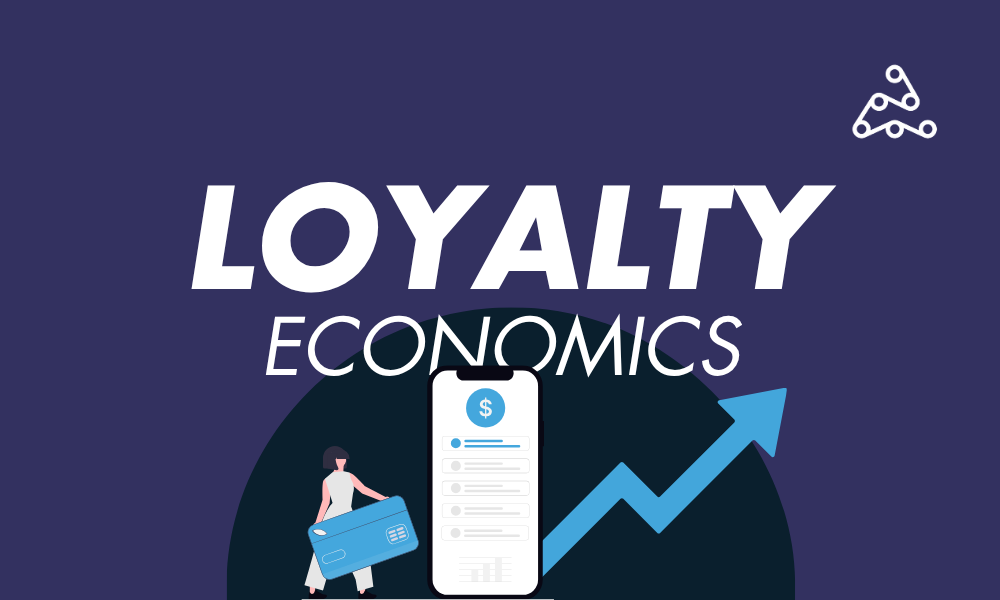Over the past decade, retail media has transformed from a niche opportunity to one of the most influential forces in digital advertising. As consumer behavior continues shifting toward mobile commerce, retail media advertising is rapidly evolving, creating new opportunities for brands to reach shoppers exactly where and when purchase decisions are made.
But what exactly is retail media, and why is it generating so much buzz across the mobile advertising world? Let’s break it down.
What Is Retail Media?
At its core, retail media refers to advertising placements on a retailer’s owned properties, most commonly their website or app. Think of a sponsored product listing on Amazon, a banner ad on the Target app, or a search ad within Walmart’s site. These placements enable brands to target consumers as they browse or make a purchase, leveraging retailers’ first-party shopper data to drive conversions.
Retail media networks are the platforms or ecosystems that power this advertising. They include retail giants like Amazon, Walmart Connect, and Kroger Precision Marketing, as well as emerging networks from QSRs, convenience stores, and even pharmacy chains. These networks provide brands with access to high-intent audiences and real-time insights, often on a large scale.
Endemic vs. Non-Endemic Retail Media
Traditionally, endemic brands – those that sell their products through a specific retailer- have dominated retail media advertising. For instance, a cereal brand promoting its products on a grocery chain’s app is endemic.
But the space is rapidly expanding to include non-endemic brands, like streaming services, fintech apps, or ride-share platforms. These advertisers don’t sell directly through the retailer but still benefit from targeting its audience. For example, a food delivery app advertising within a convenience store chain’s app is non-endemic but still highly relevant to the consumer’s lifestyle and behavior.
This shift is part of a broader trend: retail media is no longer just about product placements; it’s becoming a gateway to contextually relevant, data-rich mobile advertising across industries.
Why Retail Media Is Gaining Traction
Several key trends are fueling the rise of retail media:
1. The Decline of Third-Party Cookies
As privacy changes limit the use of third-party data, advertisers are looking for new ways to reach targeted audiences. Retailers sit on troves of first-party shopper data, making retail media networks a privacy-friendly alternative.
2. Booming Mobile Commerce
Mobile is now the default channel for many shopping journeys. According to eMarketer, U.S. retail m-commerce sales will surpass $500 billion by 2025. As a result, mobile retail advertising is becoming critical to capturing consumers in real time, particularly through apps.
3. Closed-Loop Measurement
Retail media enables closed-loop reporting, connecting ad impressions directly to purchases. This kind of attribution is a holy grail for marketers seeking to prove ROI and optimize campaigns.
The Rise of Performance-Based Retail Ads on Mobile
As retail media matures, advertisers are moving beyond traditional display formats in favor of performance-based retail ads, formats that only charge when a user takes a specific action, like installing an app or making a purchase.
This model is especially appealing in mobile environments, where users have shorter attention spans and advertisers need measurable results. Rewarded ad formats, for example, offer value in exchange for engagement (like in-app currency or discounts), aligning perfectly with mobile-first behaviors.
By combining retail audience data with performance-based models, marketers can acquire new users more efficiently, increase lifetime value, and drive incremental revenue – all while keeping ad spend accountable.

Mobile Retail Media: A Strategic Advantage
What sets mobile retail advertising apart is its ability to meet users in their everyday environment. Whether they’re ordering groceries, picking up lunch, or browsing a loyalty app, retail media placements can enhance the user experience instead of interrupting it.
For both endemic and non-endemic brands, mobile retail media offers:
- Precision targeting through real-time behavioral data
- Contextual relevance based on location and activity
- Performance accountability via action-based pricing
- Cross-category exposure to high-intent audiences
This isn’t just a trend, it’s a fundamental shift in how marketers connect with consumers.
Final Thoughts
Retail media is quickly becoming a cornerstone of modern marketing strategies, and mobile is its next big frontier. As more retailers invest in their own media networks and as performance-based models take hold, the line between commerce and advertising will continue to blur.
Whether you’re a consumer brand, a fintech app, or a streaming service, tapping into retail media, especially on mobile, offers a powerful new channel to grow your audience, drive action, and stay ahead in a privacy-first world.
Ready to Activate Performance-Based Retail Media?
👉 Let’s talk about how rewarded retail media can power your next growth channel.


